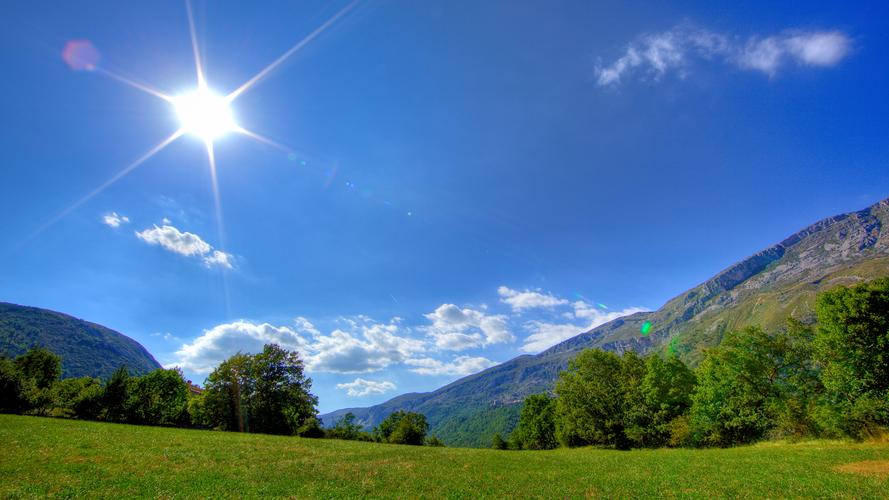Cloud Types and Their Meanings: An Informative Guide
Clouds are formed when water vapor in the air condenses into water droplets or ice crystals. They come in various shapes, sizes, and colors, depending on the atmospheric conditions that form them. Knowing the different types of clouds can help you predict weather patterns and understand the language used by meteorologists.
In this guide, we will go over the various types of clouds and their meanings. We’ll also share some examples and case studies to help illustrate their characteristics and importance.
1) Cirrus Clouds
Cirrus clouds are thin, wispy clouds that form at high altitudes. They are made up of ice crystals and often appear before a storm. Cirrus clouds can indicate a change in weather and are often a sign of cooler temperatures ahead. They can also be seen during clear days and are enjoyed by many for their beauty.
2) Stratus Clouds
Stratus clouds are low, gray clouds that cover the entire sky. They are often associated with drizzling rain or light snow and can indicate that a storm is on the way. Stratus clouds can persist for days at a time and can significantly impact a region’s climate.
3) Cumulus Clouds
Cumulus clouds are large, fluffy clouds that resemble cotton balls. They form at low altitudes and are often a sign of good weather. Cumulus clouds can also produce showers or thunderstorms, especially when they grow tall and reach into the upper atmosphere.
4) Altostratus Clouds
Altostratus clouds are middle-level clouds that often cover the entire sky. They are gray or blue-gray in color and can make the sun appear dull or hazy. Altostratus clouds can produce light rain or snow and are often seen before an approaching storm.
5) Cumulonimbus Clouds
Cumulonimbus clouds are towering clouds that can reach heights of up to 50,000 feet. They are often associated with severe thunderstorms and can produce lightning, hail, and tornadoes. Cumulonimbus clouds can develop rapidly and should be taken seriously when seen.
In conclusion, understanding cloud types and their meanings can help you prepare for the weather and make informed decisions. By paying attention to cloud formations and their associated weather patterns, you can stay safe and enjoy the beauty of the natural world around us. Remember to keep an eye on the skies and appreciate the different types of clouds that form above.
(Note: Do you have knowledge or insights to share? Unlock new opportunities and expand your reach by joining our authors team. Click Registration to join us and share your expertise with our readers.)
Speech tips:
Please note that any statements involving politics will not be approved.
